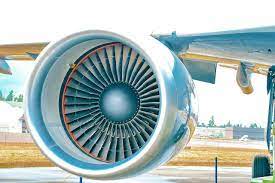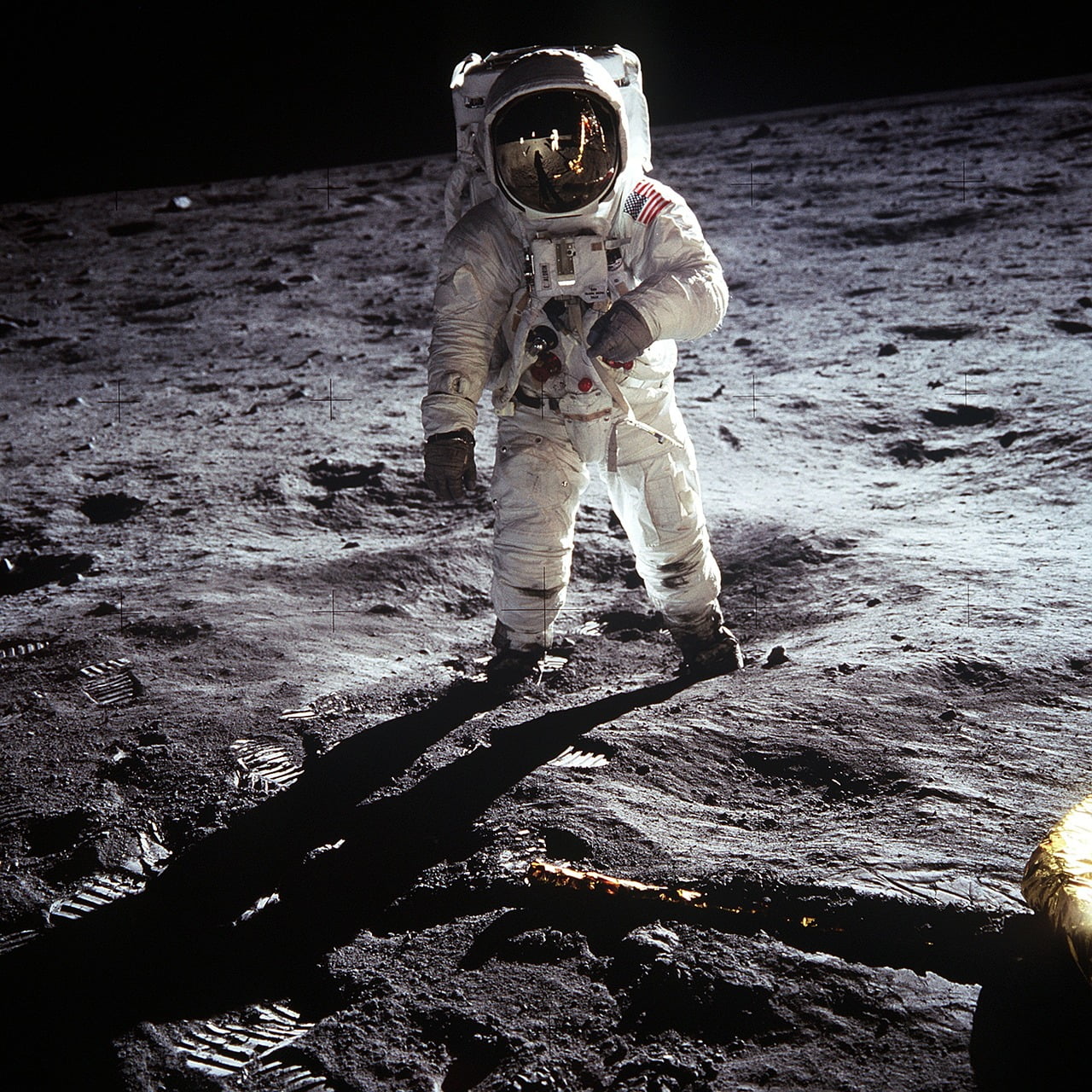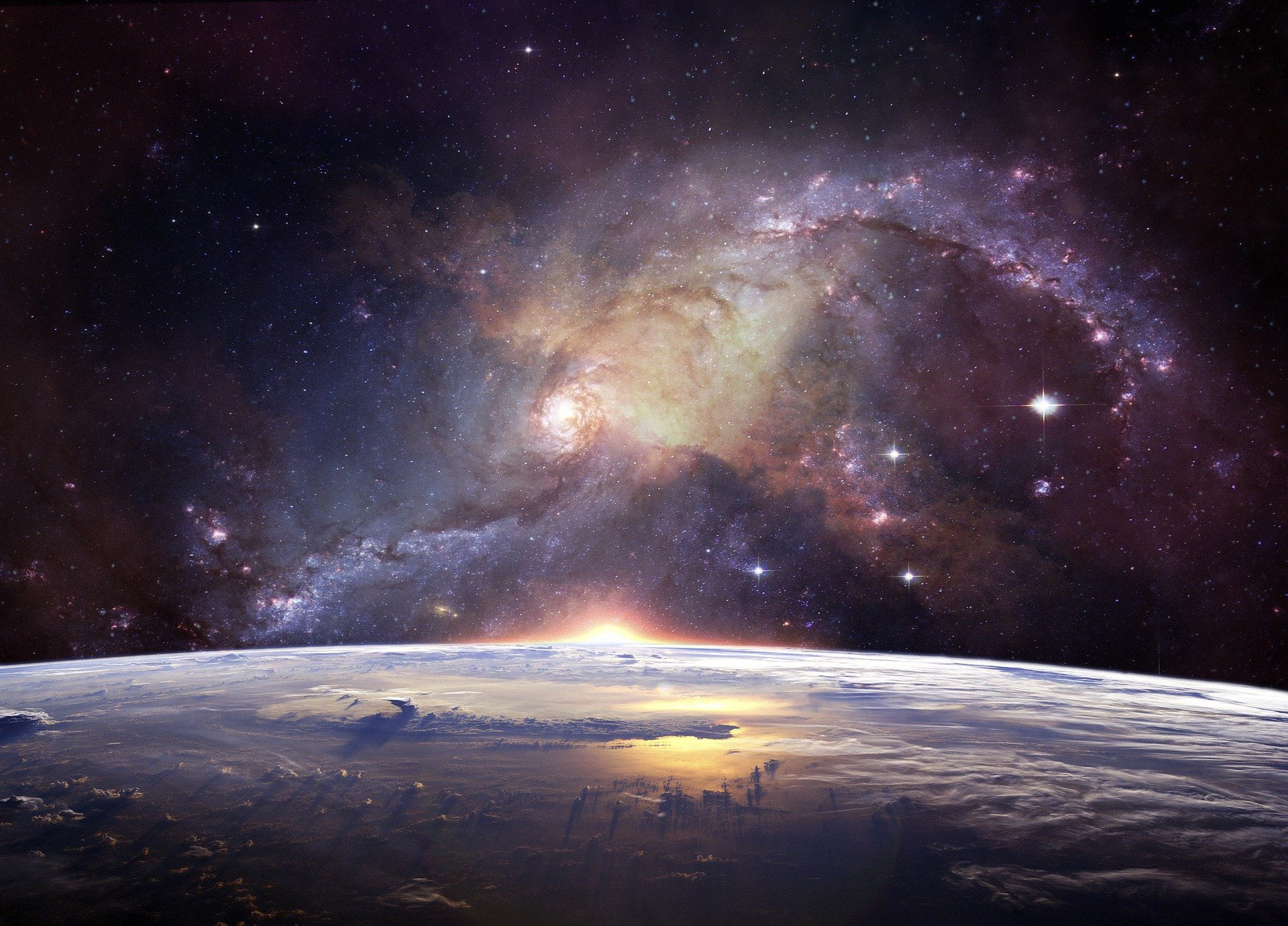The jet engine is an internal combustion engine that utilizes air as a moving fluid. The engine of the jet engine obtains chemical energy from fuel and changes it into the mechanical energy by using the gaseous energy of the air as a moving fluid to drive the engine and propeller, which, in turn, move the aeroplane.
How does a jet engine work?
The fundamental principle of the jet engine or aeroplane turbine engine is as same as any other engines that obtain energy from chemical fuel. The basic four steps for an internal combustion engine are – intake of air and maybe the fuel as well, compression of the air and maybe the fuel too, combustion, in which fuel is added if it was not brought in with the intake air and heated to change the stored energy and finally, expansion and exhaust, where the converted energy is put to use.
In the case of a piston engine, such as the engine of a car the intake, compression, combustion, and exhaust steps happen in the same place, which is the cylinder head at various points as the piston goes up and down.
However, in the turbine engine, these same four steps happen in the same period but different places. Because of this key difference, the turbine has several engine sections called the inlet section, the compressor section, the combustion or combustor section and finally the turbine or exhaust section.
The turbine section of the jet engine has the task of generating the required output shaft power to drive the propeller of the aeroplane. Additionally, it needs to provide the energy to run the compressor and all engine accessories. It does this by creating a high temperature, pressure, and velocity gas and turning the gaseous energy into mechanical energy in the form of a wave.
A large volume of air needs to be supplied to the turbine to generate the required power. This volume of air is provided by the compressor, which pulls the air into the engine and presses it to produce high-pressure air to the turbine. The compressor achieves this by turning mechanical energy from the turbine to gaseous energy in the form of pressure and temperature.
If the compressor and the turbine of the jet engine were fully efficient, the compressor would supply all the air required by the turbine. However, frictional losses and mechanical system inabilities do not allow a continuous motion mechanism to operate. Further energy must be combined with the air to support for these losses. Power production is also sought from the jet engine, beyond simply driving the compressor. Therefore, more energy must be added to the air to create this excess power. Energy supplement to the system is accomplished in the combustor. Chemical energy from fuel as it is burned is turned into the gaseous energy in the form of high temperatures and high velocity as the air moves through the combustor. The gaseous energy is turned back to mechanical energy in the turbine, giving the required power to drive the compressor and the output shaft.
So now you know how does a jet engine work. Also, check out how does a car engine work? Do let us know how did you find it in the comments section below!




